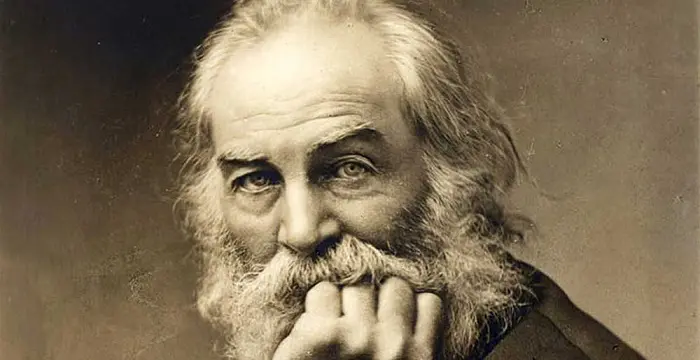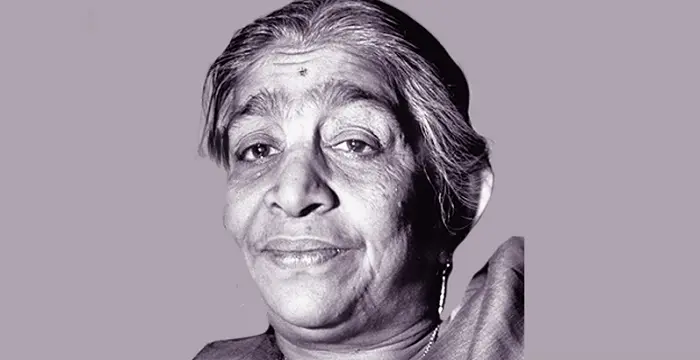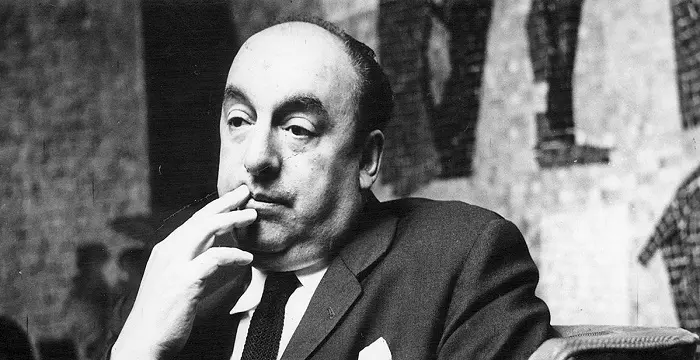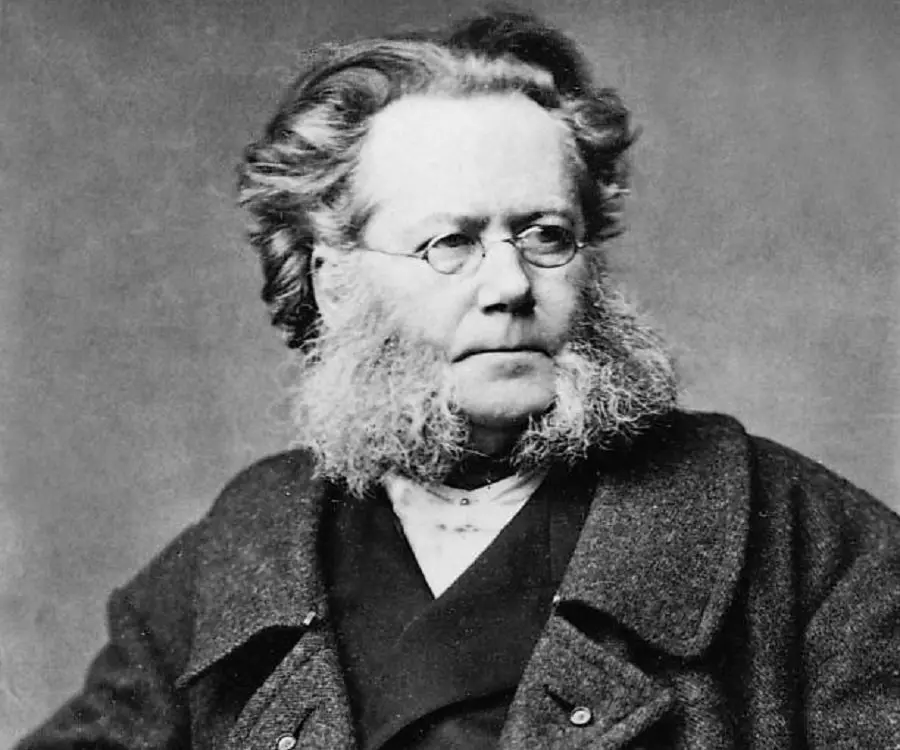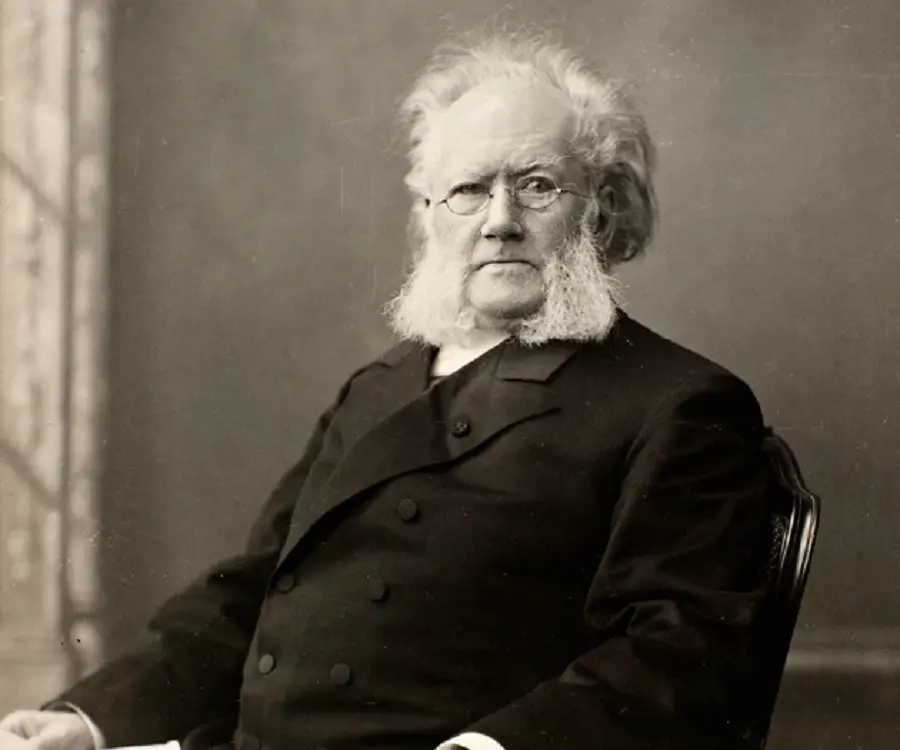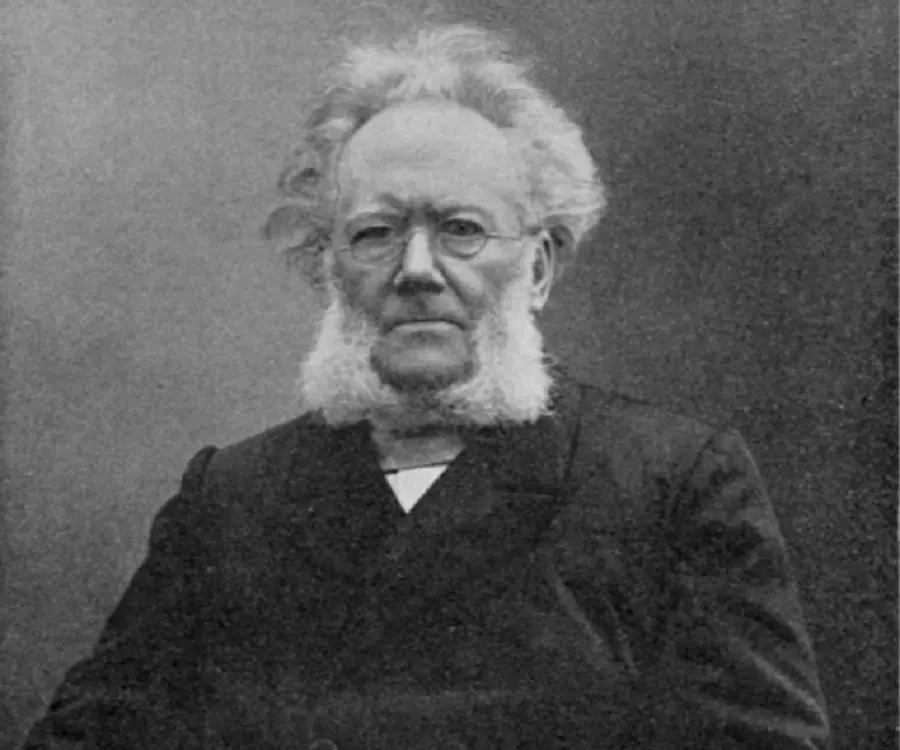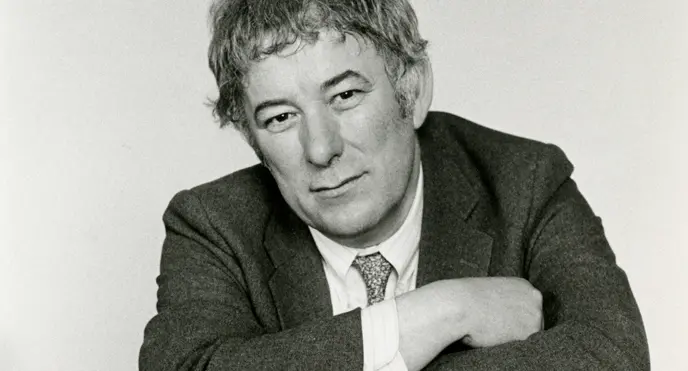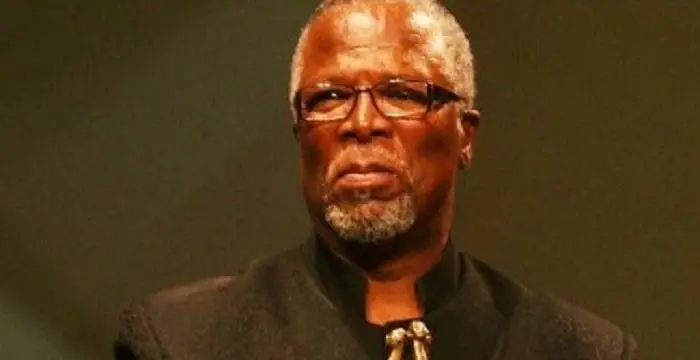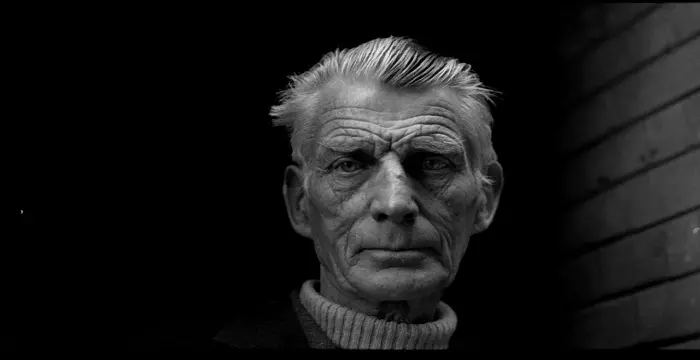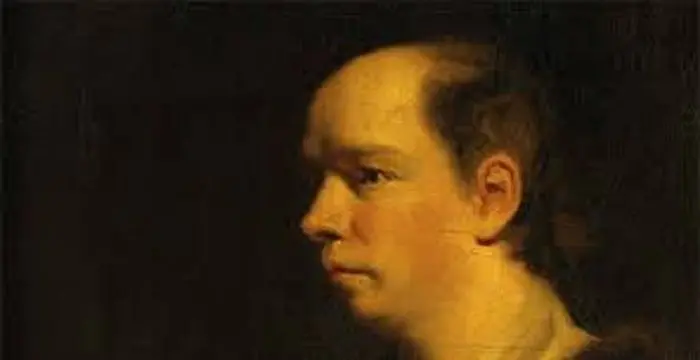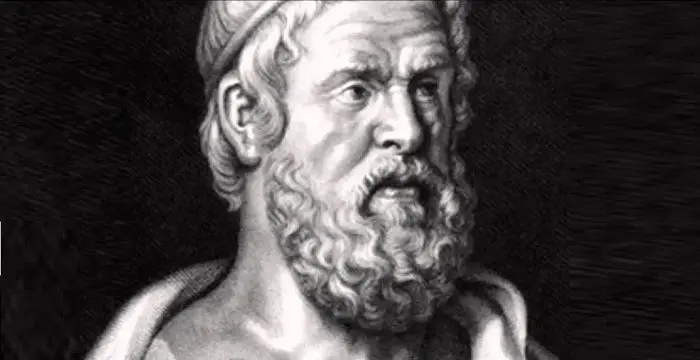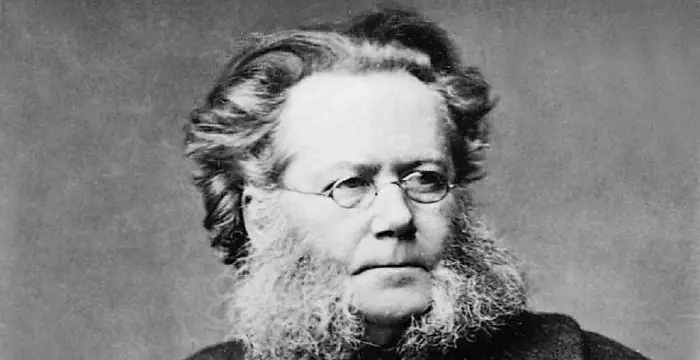
Henrik Ibsen - Poets, Family and Childhood
Henrik Ibsen's Personal Details
Henrik Ibsen was a famous Norwegian playwright often considered as the father of modern theater
| Information | Detail |
|---|---|
| Birthday | March 20, 1828 |
| Died on | May 23, 1906 |
| Nationality | Norwegian |
| Famous | Writers, Poets, Playwrights, Poets |
| Spouses | Suzannah Thoresen |
| Siblings | Christian Cornelius Paus (half-brother), Christopher Blom Paus (half-brother), Hedvig, Henrik Johan Paus (half-brother) |
| Birth Place | Skien |
| Gender | Male |
| Father | Knud Ibsen |
| Mother | Marichen Altenburg |
| Sun Sign | Pisces |
| Born in | Skien |
| Famous as | Playwright, Poet. |
| Died at Age | 78 |
// Famous Poets
Walt Whitman
Walt Whitman was an American poet, journalist and humanist. Read this brief biography to find more on his life & timeline.
Sarojini Naidu
Sarojini Naidu was an Indian freedom fighter and poet. Read this brief biography to find more on her life.
Pablo Neruda
Pablo Neruda was a Chilean poet, politician and Nobel laureate. Go through this biography to learn more about his profile, childhood, life and timeline.
Henrik Ibsen's photo
Who is Henrik Ibsen?
A famous Norwegian playwright, theatre director, and poet, Henrik Ibsen is often considered as the father of modern theater and one of the founders of Modernism in the theatre. Ibsen is often ranked as one of the greatest playwrights in the European literature, also perhaps the greatest playwright since Shakespeare. He was born in Skien, a small port town in Norway, into one the most prominent families of the town. Initially, they were very rich; but when he was eight years old, his father's bankruptcy led them to sell their palatial home and become social outcast. He soon became reclusive and moody; doing not very well at school, happy to leave his hometown at the age of sixteen. After six years of working at a pharmacist’s shop, he ultimately moved to Oslo, taking up writing as his career. Around the age of 36, he first tasted success and after receiving a traveling scholarship, he left his native land. Staying mostly in Italy and Germany, he wrote many master pieces like ‘Brand’, ‘Peer Gynt’, ‘An Enemy of the People’, ‘Emperor and Galilean’, ‘A Doll's House’, ‘The Wild Duck’ etc. After 27 years of self-imposed exile he returned to Norway at the age of 63, continuing to write until a stroke left him incapacitated at the age of 72.
// Famous Poets
Charles Bukowski
Charles Bukowski was a German-born American novelist, short story writer and poet. With this biography, learn in details about his childhood, life, works, career and timeline
Seamus Heaney
Nobel Laureate Seamus Heaney was an Irish poet, playwright and translator. Know about his profile, childhood, life and timeline in the biography below.
Walt Whitman
Walt Whitman was an American poet, journalist and humanist. Read this brief biography to find more on his life & timeline.
Childhood & Early Life
Henrik Johan Ibsen was born on 20 March, 1828 in Skien, a small port town in Telemark county of Norway, noted for timber trading. Both his parents, Knud Ibsen and Marichen Cornelia Martine nee Altenburg came from prominent families of the area.
Henrik was born second of his parents’ six children. But with the premature death of his elder brother; Johan Altenburg, he was treated as the eldest. He has three brothers, namely, Johan Andreas, Nicolai Alexander and Ole Paus and one sister called Hedvig.
Knud Ibsen was initially a wealthy merchant. He lived in a palatial building, known as Stockmannsgarden (Stockmann House), located in the heart of the town and maintained a lavish lifestyle, offering hospitality to one and all. It all changed when he lost his money in 1835.
In 1836, the family sold Stockmannsgarden, moving to their sole properly, a small and dilapidated farmhouse called Venstøp, located in the outskirts of Skien. Later, it is not known when, they moved back to the city, living in a house belonging to Knud's half-brother Christopher Blom Paus at Snipetorp.
Bankrupt and declassed, Knud Ibsen resorted to alcoholism, taking much of his ire on his family. His wife, a quite lovable woman, bore his ruin without any reproach or bitterness.
Henrik, a young lad of eight, was also affected very bitterly by the change of fortune, especially when he saw that those who had earlier taken advantage of their hospitality were now avoiding them. Slowly he began to lead a life of moral isolation, becoming gloomy and unsociable.
May be to avoid conversation, young Ibsen used to lock himself up either in the attic or in a small room near the back entrance of house, reading old books or painting. Neither his parents nor his siblings ever understood him.
While living at Venstøp, he was enrolled in a small middleclass school run by a man called Johan Hansen. Here he was taught Latin, German and theology. A very mediocre student, he did not really excel in any subject. However, he developed an aptitude for painting.
In 1843, as he reached fifteen, in accordance with Norwegian tradition, Ibsen was confirmed and taken away from school. He wanted to become a painter; but since it involved going abroad for training, which the family, due to its present circumstances, could ill-afford, he was summarily turned down.
Leaving Home
After leaving school, Ibsen remained at home for few months. In 1844, shortly before his sixteenth birthday, he left home for good, moving to the southeastern part of Norway. Here in the small town of Grimstad, he became an apprentice to a pharmacist known by the name of Mann.
Happy to be able to get away from Skien, he lived in Grimstad for next six years. For the first three years, he spent a lonely life, too shy to make friends and too poor to find entertainment. The inhabitants of the town also avoided him, finding him rather strange.
To fill up his time, he now began to read a lot, especially contemporary poetry. Soon this isolated town, with old fashioned Danish elegance, imported from nearby Copenhagen, started having an impact on his creativity. He now started experimenting with poetry writing, soon gathering a circle of friends around him.
Sometime in 1849, he wrote his first play ‘Catiline’. This was also the period, he became interested in a career in medicine and started preparing himself for that, studying throughout the night. By 1850, he had saved enough money to leave for Oslo, at that time known as Christiana (Kristiania).
Moving to Christiana in 1850, he first enrolled himself at a coaching school, but he never became a physician. While some biographers believe that he failed at the entrance examination, others claim that he gave it up soon after entering the university; instead taking up writing as his profession.
Also in 1850, he had ‘Catiline’, written in the previous year, published privately under the pseudonym of Brynjolf Bjarme. However, it failed to make any impact and was not accepted by local theatre.
Unwilling to give up, he next wrote 'Kjæmpehøjen' (The Burial Mound, also known as The Warrior’s Barrow), publishing it under the same pseudonym. First staged on 26 September, 1850, it also received little attention. However, it had two more runs.
Gaining Experience
At that time, Norway, after four hundred years’ of Danish rule, was experiencing a nationalistic awakening. Seeking to revive the country’s glorious history and medieval literature, Ole Bull, the great violinist, planned to establish a Norse theater, named Det norske Theater, at Bergen on the west coast of Norway.
To raise money for the project, a benefit performance was held in 1850. At this program, Ibsen presented a poem glorifying Norway's past. It moved Ole Bull to such an extent that he appointed twenty-two year old Ibsen as the theater poet and stage manager.
In 1851, Ibsen moved to Bergen, taking up his new responsibility. Other than staging plays written by others, he was required to write one original play each year. Until 1858, Ibsen staged around 150 plays, which helped him to gain experiences. Slowly he developed into a matured playwright.
Among his major works in this period were ‘Sancthansnatten’ (St. John's Eve, 1852), ‘Fru Inger til Østeraad’ (Lady Inger of Oestraat, 1854), ‘Gildet paa Solhaug’ (The Feast at Solhaug, 1855), ‘Olaf Liljekrans’ (1856) and ‘Hærmændene paa Helgeland’ (The Vikings at Helgeland, 1858)
In 1858, he moved back to the capital, joining Kristiania Theatre at a much higher salary. Remaining with the establishment until its closure in 1862 and busy with his duties at the theatre, he produced very little.
‘Kjærlighedens Komedie’ (Love's Comedy), first published on 31 December 1862 was his first major work of this period. Branded immoral by the press it roused a storm of hostility. Nobody dared to stage it.
His only work to be staged during this Kristiania period was ‘Kongs-Emnerne’ (The Pretender), a play glorifying the past Norse heroes. Written in 1863, it was first staged on 19 January, 1864, winning an enthusiastic reception. It also earned him a traveling scholarship from the government.
In Exile
In 1864, Ibsen travel to Italy with the government scholarship, taking his wife and child with him. For some time he lived in Rome, impressed with its grand old historical buildings there. Thereafter he traveled to Sorrento, a hilly town overlooking the Bay of Naples, setting up his home there.
Away from the constraint of the Norwegian provincialism, he now began to concentrate on writing, producing ‘Brand’ in 1865. This verse tragedy about a priest, unwilling to sacrifice his idealism, was debuted on 24 March 1867 in Stockholm, earning him both fame and money.
While ‘Brand’ made him nationally famous in Norway it was his next play, ‘Peer Gynt’ (1867), which made him internationally known. Based loosely on Norwegian folklore, it earned him both acclaim and criticism, making him the most debated dramatist.
In 1868, Ibsen moved to Germany. There he first settled down in Dresden, producing ‘De unges Forbund’ (The League of Youth) in 1869, and ‘Kejser og Galilæer’ (Emperor and Galilean) in 1873. Meanwhile in 1871, he also published a collection of poetry, entitled ‘Digte’.
In 1875, Ibsen moved to Munich and in October 1875, he began working on one of his greatest works, 'Samfundets støtter' (The Pillars of Society), completing it in the summer of 1877. First staged in November, it was soon translated into other languages.
In 1879, he produced another of his internationally famous works, 'Et dukkehjem. It was later translated in English as 'A Doll's House'. First published in Copenhagen on 4 December 1879, it was an instant hit.
In 1881, he provoked intense criticism with 'Gengangere’ (Ghosts), talking about a .man with syphilis. In reply, he wrote 'En Folkefiende' (An Enemy of People, 1882), in which, the protagonist was officially declared an enemy of the people for trying to speak about contamination in the public bath water.
In 1884, he produced another major work entitled, 'Vildanden' (The Wild Duck). It is believed to be one of his finest works, thereafter writing 'Rosmersholm' (1886), 'Fruen fra Havet' (The Lady from the Sea, 1888) and 'Hedda Gabler (1890)
Returning Home
In 1891, Henrik Ibsen returned to Norway as an established playwright. Although he had until then preferred to lead a reclusive life the situation changed as he set up his home in Christiania. Hailed as a literally hero, he now began to enjoy spot light, even becoming sort of a tourist attraction
Continuing to work, he produced four more important works before he became incapacitated by a stroke. They were 'Bygmester Solness' (The Master Builder', 1893), 'Lille Eyolf' (Little Eyolf, 1894), 'John Gabriel Borkman' (1896) and 'Når vi døde vaagner' (When We Dead Awaken, 1899).
Major Works
'Et dukkehjem' (A Doll's House), first published on 21 December 1879, is one of Ibsen's most popular works. Set in a Norwegian town, it deals with the status of a married woman in a society dominated by men, arousing outrageous controversy that continued for long. Its first edition of 8,000 copies was sold out within a month. Thereafter, its second and third editions were published on 4 January and 8 March 1880 respectively, each being sold out very quickly. The play has since been adapted many times on stages,in films, televisions and radio.
Awards & Achievements
In 1873, Henrik Ibsen was awarded Knighthood by the King of Norway, being made a Commander in 1892.
In 1893, he was decorated with the Grand Cross of the Order of St. Olav.
Personal Life & Legacy
In 1846, while living at Grimstad, Henrik Ibsen developed a liaison with his employer’s maid, Else Sophie Jensdatter Birkedalen, fathering a boy named Hans Jacob Hendrichsen Birkdalen with her. Although he did not legalize the relationship, he paid for the boy’s upbringing until he was fourteen years old.
On 18 June 1858, he married Suzannah Thoresen. Their only son, Sigurd Ibsen, grew up to become a renowned lawyer and statesman, playing an important role in the dissolution of the union between Norway and Sweden in 1905. He also authored number of books.
In March 1900, Henrik Ibsen suffered from his first stroke, which left him incapable of writing. Thereafter, he suffered a series of strokes, dying from it on 23 May 1906. in his home in Kristiana. He was later buried in Vår Frelsers gravlund in the center of the city.
In 1995, the asteroid 5696 Ibsen was named in his honor.
In 2006, on the occasion of his death centenary, Ibsen Year was organized by the Government of Norway around the world. In the same year, his home in Oslo was turned into a museum and opened to the public.
International Ibsen Award (Den internasjonale Ibsenprisen) was established by Norwegian Government in 2008
// Famous Writers
Joyce Meyer
Joyce Meyer is a Christian author and speaker. This biography provides detailed information about her childhood, life, achievements, works & timeline
Temple Grandin
Temple Grandin is a well-known American writer, autistic activist and animal expert. This biography profiles her childhood, life, achievements, career and timeline
Tennessee Williams
Tennessee Williams was one of the greatest playwrights of the 20th century. This biography of Tennessee Williams provides detailed information about his childhood, life, achievements, works and timeline.
Henrik Ibsen biography timelines
- // 20th Mar 1828Henrik Johan Ibsen was born on 20 March, 1828 in Skien, a small port town in Telemark county of Norway, noted for timber trading. Both his parents, Knud Ibsen and Marichen Cornelia Martine nee Altenburg came from prominent families of the area.
- // 1835Knud Ibsen was initially a wealthy merchant. He lived in a palatial building, known as Stockmannsgarden (Stockmann House), located in the heart of the town and maintained a lavish lifestyle, offering hospitality to one and all. It all changed when he lost his money in 1835.
- // 1836In 1836, the family sold Stockmannsgarden, moving to their sole properly, a small and dilapidated farmhouse called Venstøp, located in the outskirts of Skien. Later, it is not known when, they moved back to the city, living in a house belonging to Knud's half-brother Christopher Blom Paus at Snipetorp.
- // 1843In 1843, as he reached fifteen, in accordance with Norwegian tradition, Ibsen was confirmed and taken away from school. He wanted to become a painter; but since it involved going abroad for training, which the family, due to its present circumstances, could ill-afford, he was summarily turned down.
- // 1844After leaving school, Ibsen remained at home for few months. In 1844, shortly before his sixteenth birthday, he left home for good, moving to the southeastern part of Norway. Here in the small town of Grimstad, he became an apprentice to a pharmacist known by the name of Mann.
- // 1846In 1846, while living at Grimstad, Henrik Ibsen developed a liaison with his employer’s maid, Else Sophie Jensdatter Birkedalen, fathering a boy named Hans Jacob Hendrichsen Birkdalen with her. Although he did not legalize the relationship, he paid for the boy’s upbringing until he was fourteen years old.
- // 1849Sometime in 1849, he wrote his first play ‘Catiline’. This was also the period, he became interested in a career in medicine and started preparing himself for that, studying throughout the night. By 1850, he had saved enough money to leave for Oslo, at that time known as Christiana (Kristiania).
- // 1850Moving to Christiana in 1850, he first enrolled himself at a coaching school, but he never became a physician. While some biographers believe that he failed at the entrance examination, others claim that he gave it up soon after entering the university; instead taking up writing as his profession.
- // 1850Also in 1850, he had ‘Catiline’, written in the previous year, published privately under the pseudonym of Brynjolf Bjarme. However, it failed to make any impact and was not accepted by local theatre.
- // 1850Unwilling to give up, he next wrote 'Kjæmpehøjen' (The Burial Mound, also known as The Warrior’s Barrow), publishing it under the same pseudonym. First staged on 26 September, 1850, it also received little attention. However, it had two more runs.
- // 1850To raise money for the project, a benefit performance was held in 1850. At this program, Ibsen presented a poem glorifying Norway's past. It moved Ole Bull to such an extent that he appointed twenty-two year old Ibsen as the theater poet and stage manager.
- // 1851In 1851, Ibsen moved to Bergen, taking up his new responsibility. Other than staging plays written by others, he was required to write one original play each year. Until 1858, Ibsen staged around 150 plays, which helped him to gain experiences. Slowly he developed into a matured playwright.
- // 1852Among his major works in this period were ‘Sancthansnatten’ (St. John's Eve, 1852), ‘Fru Inger til Østeraad’ (Lady Inger of Oestraat, 1854), ‘Gildet paa Solhaug’ (The Feast at Solhaug, 1855), ‘Olaf Liljekrans’ (1856) and ‘Hærmændene paa Helgeland’ (The Vikings at Helgeland, 1858)
- // 1858In 1858, he moved back to the capital, joining Kristiania Theatre at a much higher salary. Remaining with the establishment until its closure in 1862 and busy with his duties at the theatre, he produced very little.
- // 1858On 18 June 1858, he married Suzannah Thoresen. Their only son, Sigurd Ibsen, grew up to become a renowned lawyer and statesman, playing an important role in the dissolution of the union between Norway and Sweden in 1905. He also authored number of books.
- // 1862‘Kjærlighedens Komedie’ (Love's Comedy), first published on 31 December 1862 was his first major work of this period. Branded immoral by the press it roused a storm of hostility. Nobody dared to stage it.
- // 1864His only work to be staged during this Kristiania period was ‘Kongs-Emnerne’ (The Pretender), a play glorifying the past Norse heroes. Written in 1863, it was first staged on 19 January, 1864, winning an enthusiastic reception. It also earned him a traveling scholarship from the government.
- // 1864In 1864, Ibsen travel to Italy with the government scholarship, taking his wife and child with him. For some time he lived in Rome, impressed with its grand old historical buildings there. Thereafter he traveled to Sorrento, a hilly town overlooking the Bay of Naples, setting up his home there.
- // 1865Away from the constraint of the Norwegian provincialism, he now began to concentrate on writing, producing ‘Brand’ in 1865. This verse tragedy about a priest, unwilling to sacrifice his idealism, was debuted on 24 March 1867 in Stockholm, earning him both fame and money.
- // 1867While ‘Brand’ made him nationally famous in Norway it was his next play, ‘Peer Gynt’ (1867), which made him internationally known. Based loosely on Norwegian folklore, it earned him both acclaim and criticism, making him the most debated dramatist.
- // 1868In 1868, Ibsen moved to Germany. There he first settled down in Dresden, producing ‘De unges Forbund’ (The League of Youth) in 1869, and ‘Kejser og Galilæer’ (Emperor and Galilean) in 1873. Meanwhile in 1871, he also published a collection of poetry, entitled ‘Digte’.
- // 1873In 1873, Henrik Ibsen was awarded Knighthood by the King of Norway, being made a Commander in 1892.
- // 1875In 1875, Ibsen moved to Munich and in October 1875, he began working on one of his greatest works, 'Samfundets støtter' (The Pillars of Society), completing it in the summer of 1877. First staged in November, it was soon translated into other languages.
- // 1879In 1879, he produced another of his internationally famous works, 'Et dukkehjem. It was later translated in English as 'A Doll's House'. First published in Copenhagen on 4 December 1879, it was an instant hit.
- // 1879'Et dukkehjem' (A Doll's House), first published on 21 December 1879, is one of Ibsen's most popular works. Set in a Norwegian town, it deals with the status of a married woman in a society dominated by men, arousing outrageous controversy that continued for long. Its first edition of 8,000 copies was sold out within a month. Thereafter, its second and third editions were published on 4 January and 8 March 1880 respectively, each being sold out very quickly. The play has since been adapted many times on stages,in films, televisions and radio.
- // 1881In 1881, he provoked intense criticism with 'Gengangere’ (Ghosts), talking about a .man with syphilis. In reply, he wrote 'En Folkefiende' (An Enemy of People, 1882), in which, the protagonist was officially declared an enemy of the people for trying to speak about contamination in the public bath water.
- // 1884In 1884, he produced another major work entitled, 'Vildanden' (The Wild Duck). It is believed to be one of his finest works, thereafter writing 'Rosmersholm' (1886), 'Fruen fra Havet' (The Lady from the Sea, 1888) and 'Hedda Gabler (1890)
- // 1891In 1891, Henrik Ibsen returned to Norway as an established playwright. Although he had until then preferred to lead a reclusive life the situation changed as he set up his home in Christiania. Hailed as a literally hero, he now began to enjoy spot light, even becoming sort of a tourist attraction
- // 1893In 1893, he was decorated with the Grand Cross of the Order of St. Olav.
- // 1894Continuing to work, he produced four more important works before he became incapacitated by a stroke. They were 'Bygmester Solness' (The Master Builder', 1893), 'Lille Eyolf' (Little Eyolf, 1894), 'John Gabriel Borkman' (1896) and 'Når vi døde vaagner' (When We Dead Awaken, 1899).
- // 1900 To 23rd May 1906In March 1900, Henrik Ibsen suffered from his first stroke, which left him incapable of writing. Thereafter, he suffered a series of strokes, dying from it on 23 May 1906. in his home in Kristiana. He was later buried in Vår Frelsers gravlund in the center of the city.
// Famous Playwrights
Tennessee Williams
Tennessee Williams was one of the greatest playwrights of the 20th century. This biography of Tennessee Williams provides detailed information about his childhood, life, achievements, works and timeline.
John Kani
John Kani is a South African actor, voice actor, playwright and director. Check out this biography to know about his birthday, childhood, family life, achievements and fun facts about him.
Samuel Beckett
Samuel Beckett was an Irish playwright, novelist, theatre director and poet. This biography profiles his childhood, life, works, achievements and timeline
Oliver Goldsmith
Oliver Goldsmith was an Anglo-Irish essayist and novelist of the 18th century. Go through this biography to know in details about his life, profile, childhood and timeline.
Nora Ephron
Nora Ephron was an American journalist, essayist, screenwriter, novelist and blogger. This biography provides detailed information on her childhood, life, works, career, achievements & timeline.
Aeschylus
Aeschylus was an eminent Greek tragedian. Go through this biography to know in details about his childhood, life, profile, and timeline.
Henrik Ibsen's FAQ
What is Henrik Ibsen birthday?
Henrik Ibsen was born at 1828-03-20
When was Henrik Ibsen died?
Henrik Ibsen was died at 1906-05-23
Where was Henrik Ibsen died?
Henrik Ibsen was died in Oslo
Which age was Henrik Ibsen died?
Henrik Ibsen was died at age 78
Where is Henrik Ibsen's birth place?
Henrik Ibsen was born in Skien
What is Henrik Ibsen nationalities?
Henrik Ibsen's nationalities is Norwegian
Who is Henrik Ibsen spouses?
Henrik Ibsen's spouses is Suzannah Thoresen
Who is Henrik Ibsen siblings?
Henrik Ibsen's siblings is Christian Cornelius Paus (half-brother), Christopher Blom Paus (half-brother), Hedvig, Henrik Johan Paus (half-brother)
Who is Henrik Ibsen's father?
Henrik Ibsen's father is Knud Ibsen
Who is Henrik Ibsen's mother?
Henrik Ibsen's mother is Marichen Altenburg
What is Henrik Ibsen's sun sign?
Henrik Ibsen is Pisces
How famous is Henrik Ibsen?
Henrik Ibsen is famouse as Playwright, Poet.
